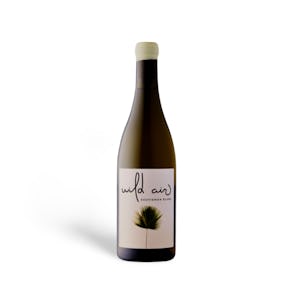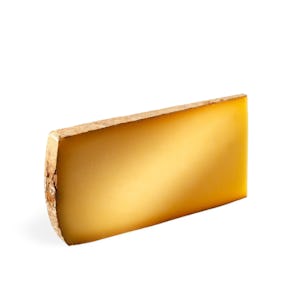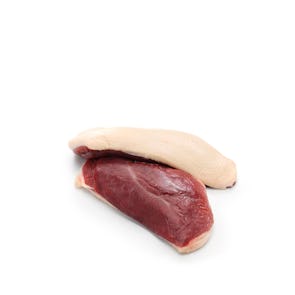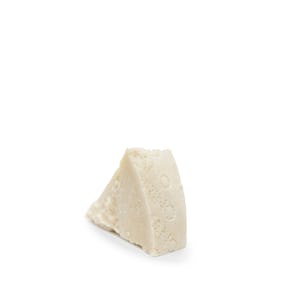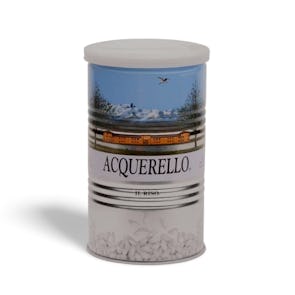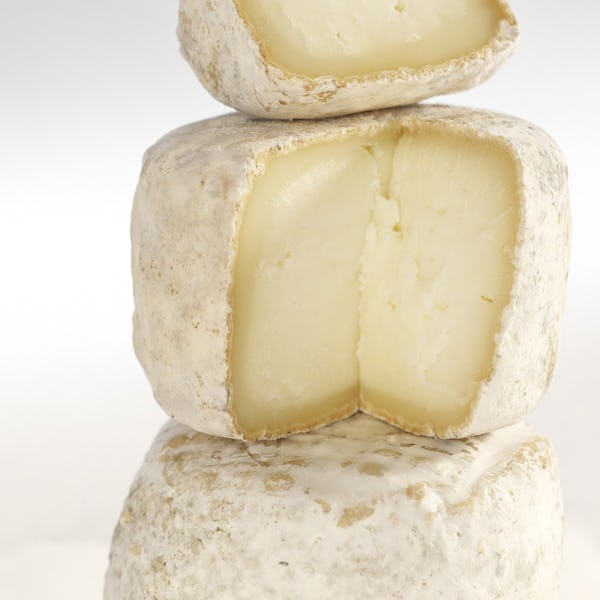
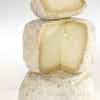
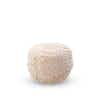
Crottin de Chavignol
Prizes from the Loire Valley
Flown in fresh just for you
This product is on preorder and the next shipment is scheduled to arrive on Tuesday Jan 13 , 2026. Your delivery will be dispatched as soon as the product arrives.
TASTING NOTES FROM THE CURATOR
The crottin is a delicious goat’s milk delight, a special type of cheese that has a distinct, enjoyable taste at every point in its maturity. At 10 days old (jeune), it has a faint fragrance and very mild, nutty taste. The rind is almost as soft as the pâté. At around 6 weeks (bleuté), this is when the wrinkling begins. The disc begins to shrink and gains a bluish hue, crumblier pâté, and more pungent scent. By the three-month mark (affiné), the crottin is deemed mature. It loses about half its original size and gain the pungency of aged Brie.
Crottin de Chavignol is a small cheese made of goats milk. As the rind develops, it will take on a rather unique rippled appearance. The young cheese has a subtle nutty flavor that shows off the quality of the goats milk. As it ripens it becomes crumbly and the rind becomes a bluish color.
PREPARATIONS AND PAIRINGS
At a cool room temperature, a crottin makes a delightful addition to any cheese board, especially with slices of crisp fruit or prosciutto and a drizzling of honey. It also bakes well into a rich, creamy appetizer dip, a fluffy souffle, or even a savory tart. As the cheese ages, it can be crumbled into a salad of bitter greens with a light vinaigrette dressing. Try it in a warm Croque Madame for your weekend brunch. It makes a great alternative for Roquefort cheese in burgers or baked oysters too.
Chilled white wine goes best with crottin cheese, especially Sancerre and Pouilly-Fumé, right from the Loire Valley too. Red wine drinkers will enjoy aged Chavignol with a Pinot Noir or Côtes du Rhône. And, of course, this gem of a cheese goes well with a celebratory Champagne or any other sparkling wine, too.
LITERALLY, NAME-DROPPING
As delicious as we now know crottin cheeses to be, the story behind that name is a rather humorous one. French goat cheese sellers wanted to describe their wares to their buyers in familiar terms. They used crottin to refer to the wrinkly rinds, but the word also happens to mean “animal droppings”. Thankfully, by smell and color alone, there’s no mistaking which crottin is which!
Storage Instructions
Cheeses (except brined ones in jars) should be stored in the crisper or the butter drawer of a refrigerator, not on the shelves themselves. This is to help regulate their temperature and humidity levels—and prevents the formation of mold. Once opened, they should not be kept in their original packaging. Soft cheeses with delicate rinds need to breathe, so they are best placed in glass containers lined with paper towels to absorb extra moisture. Leave the lid open a tiny bit for air to circulate.



